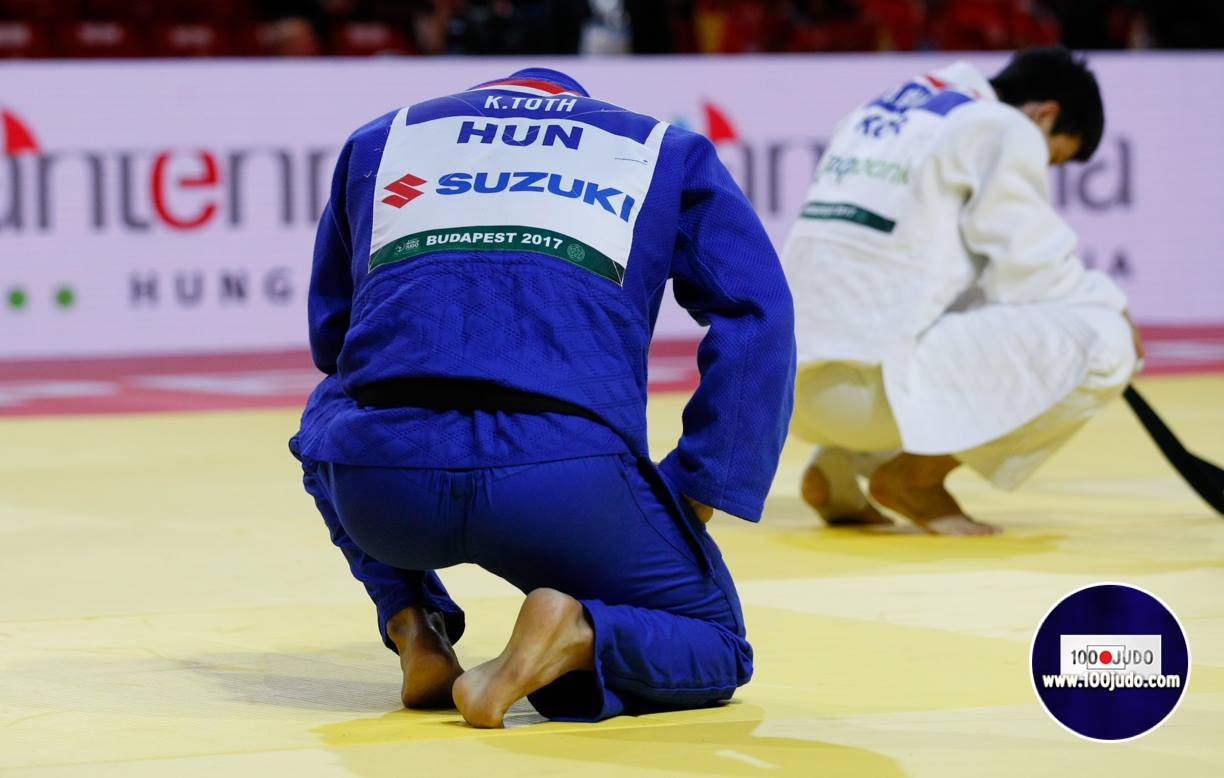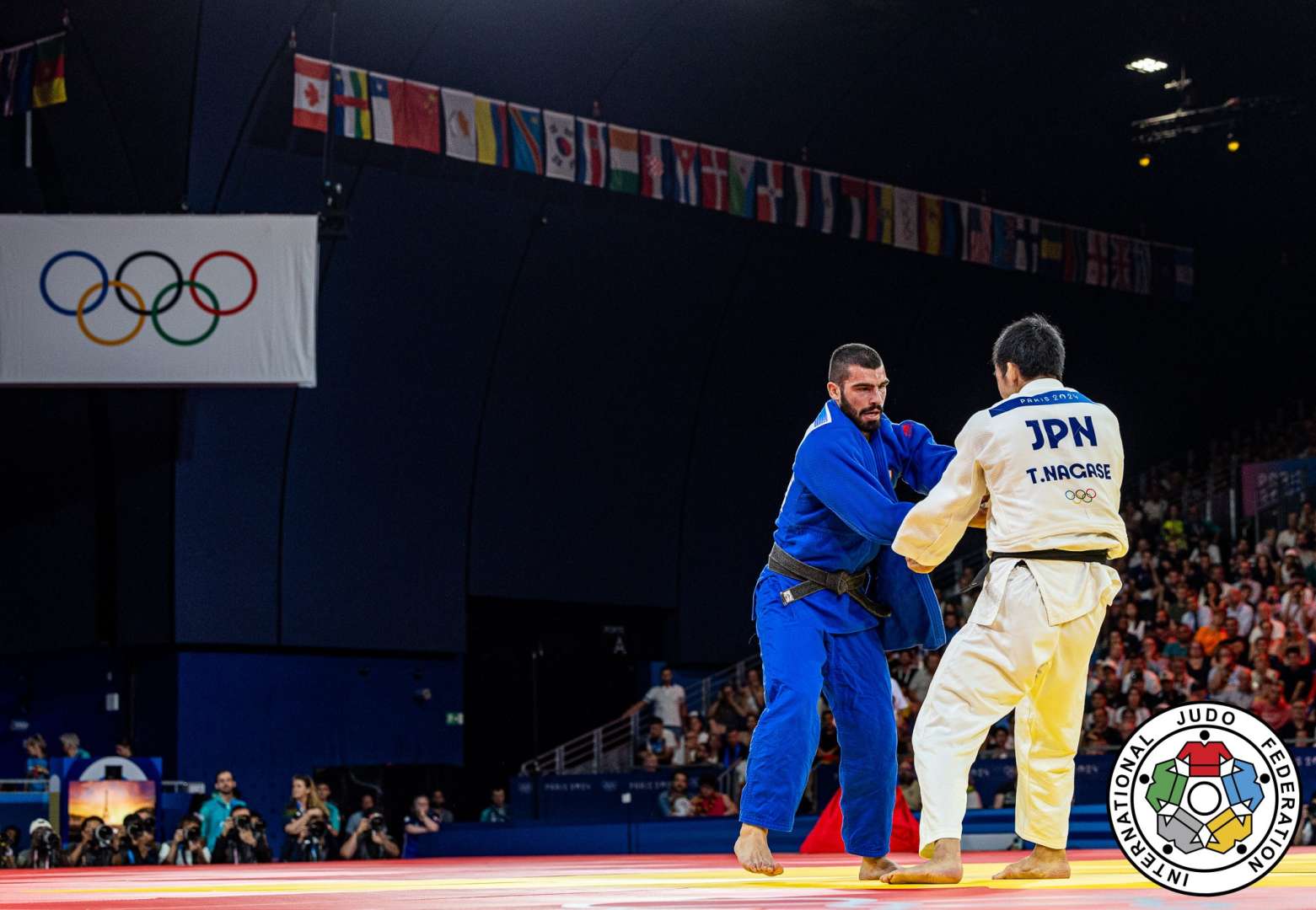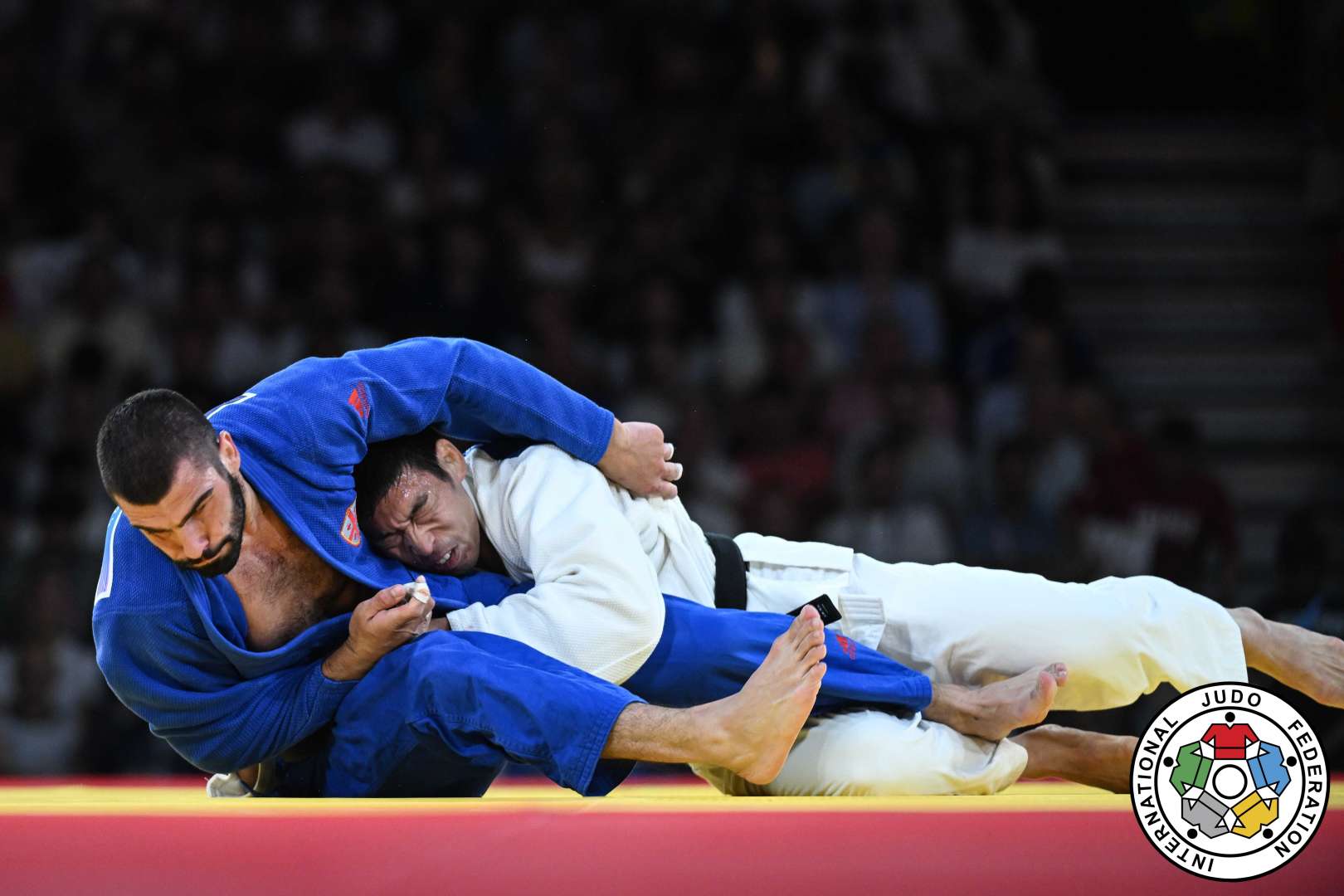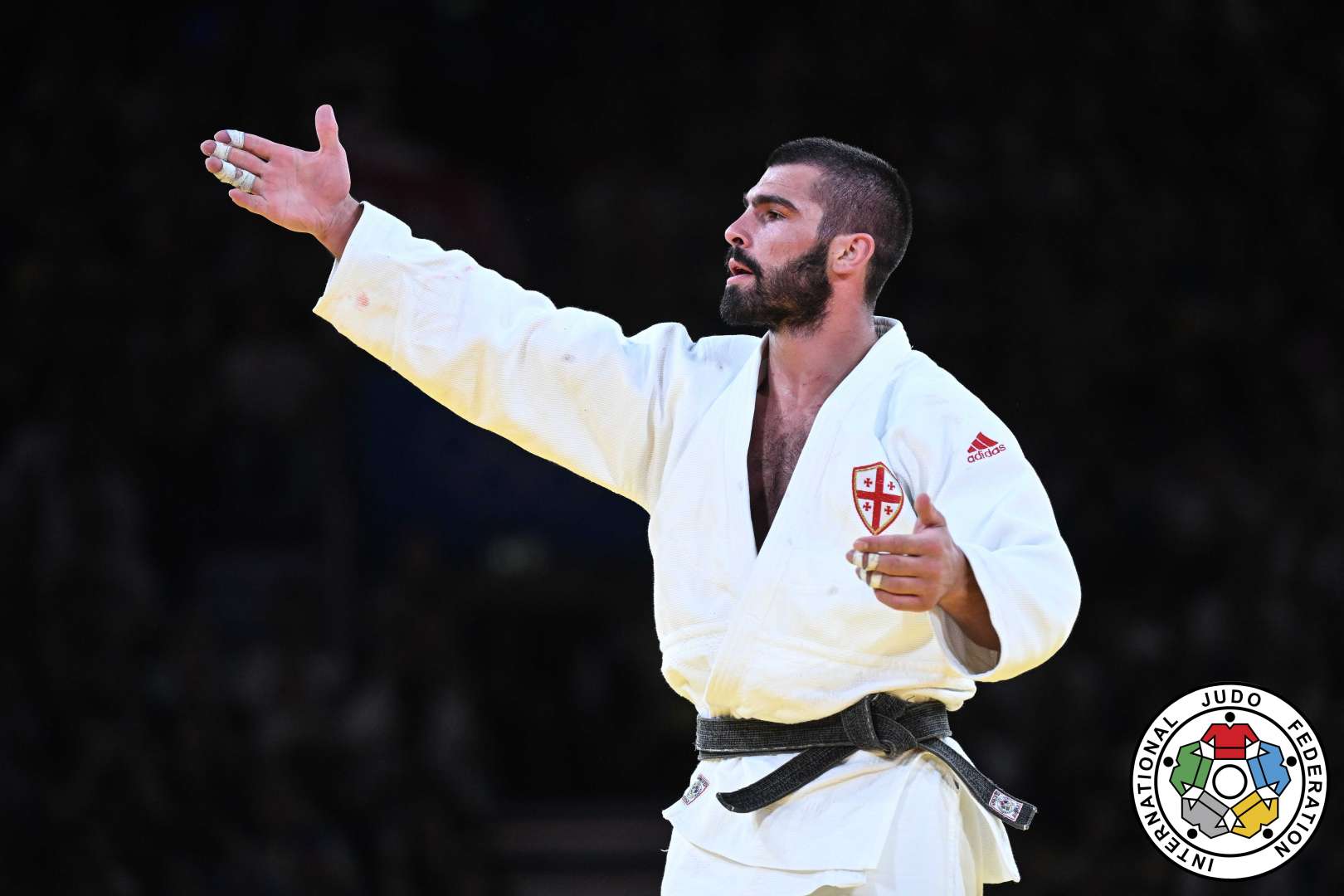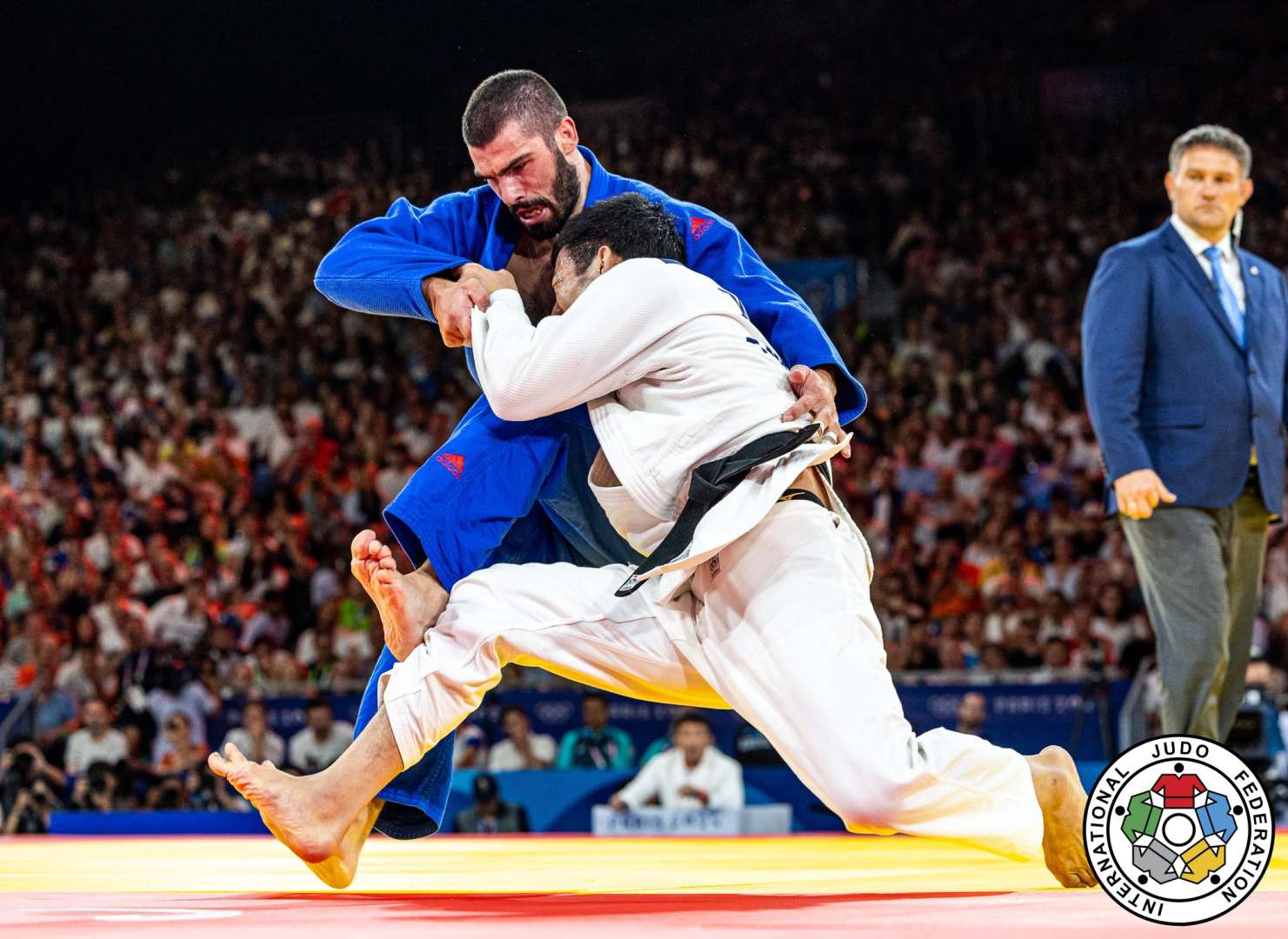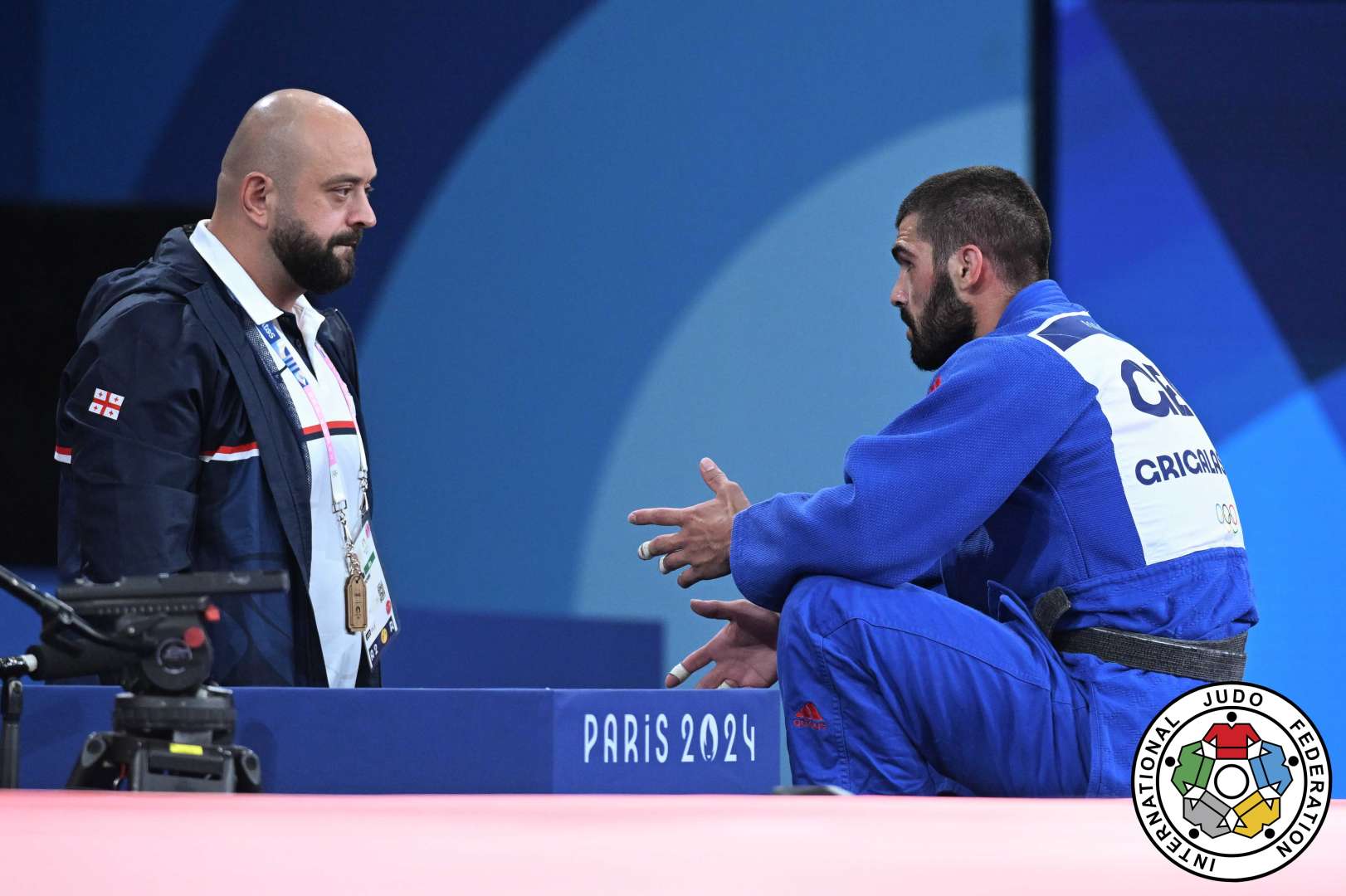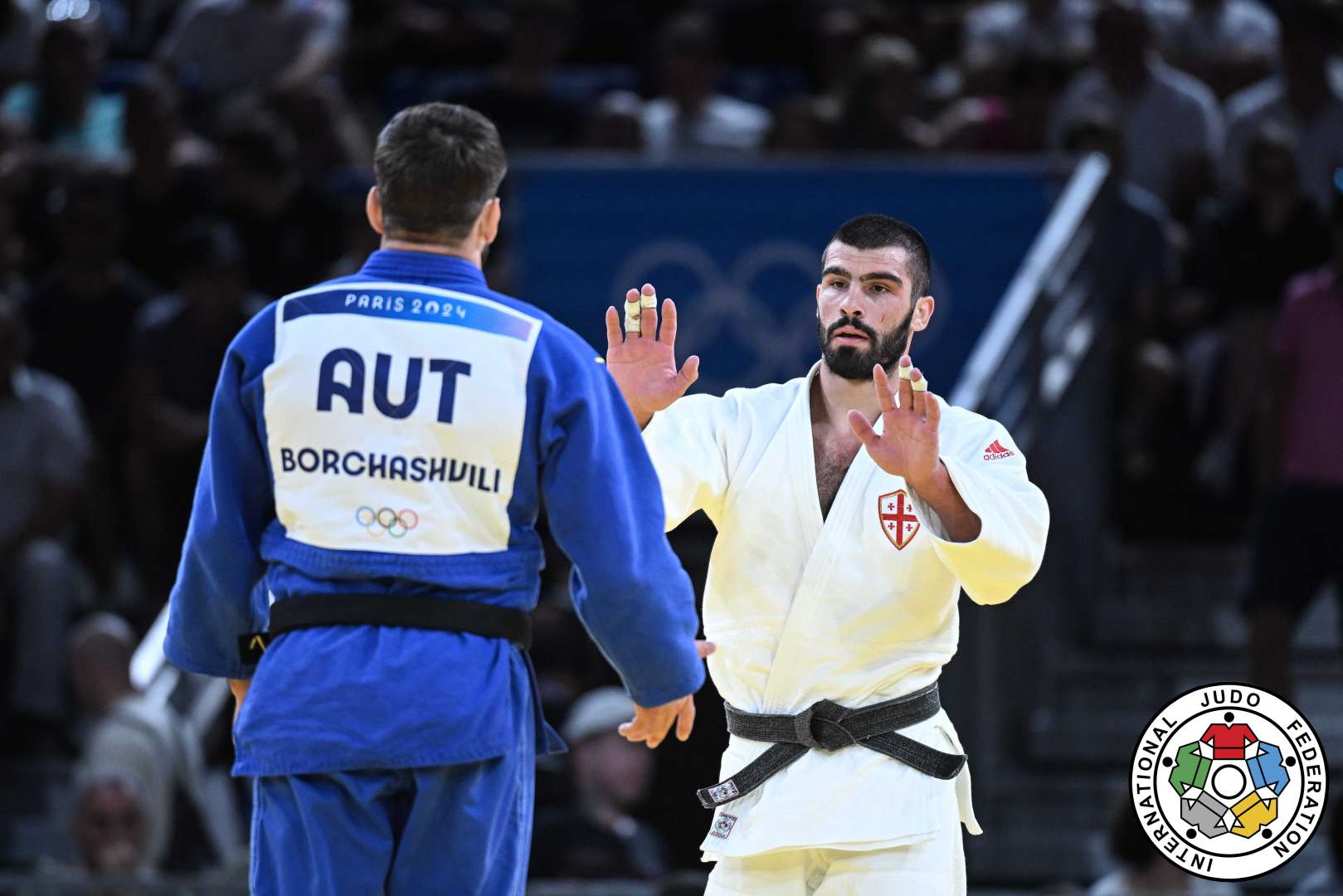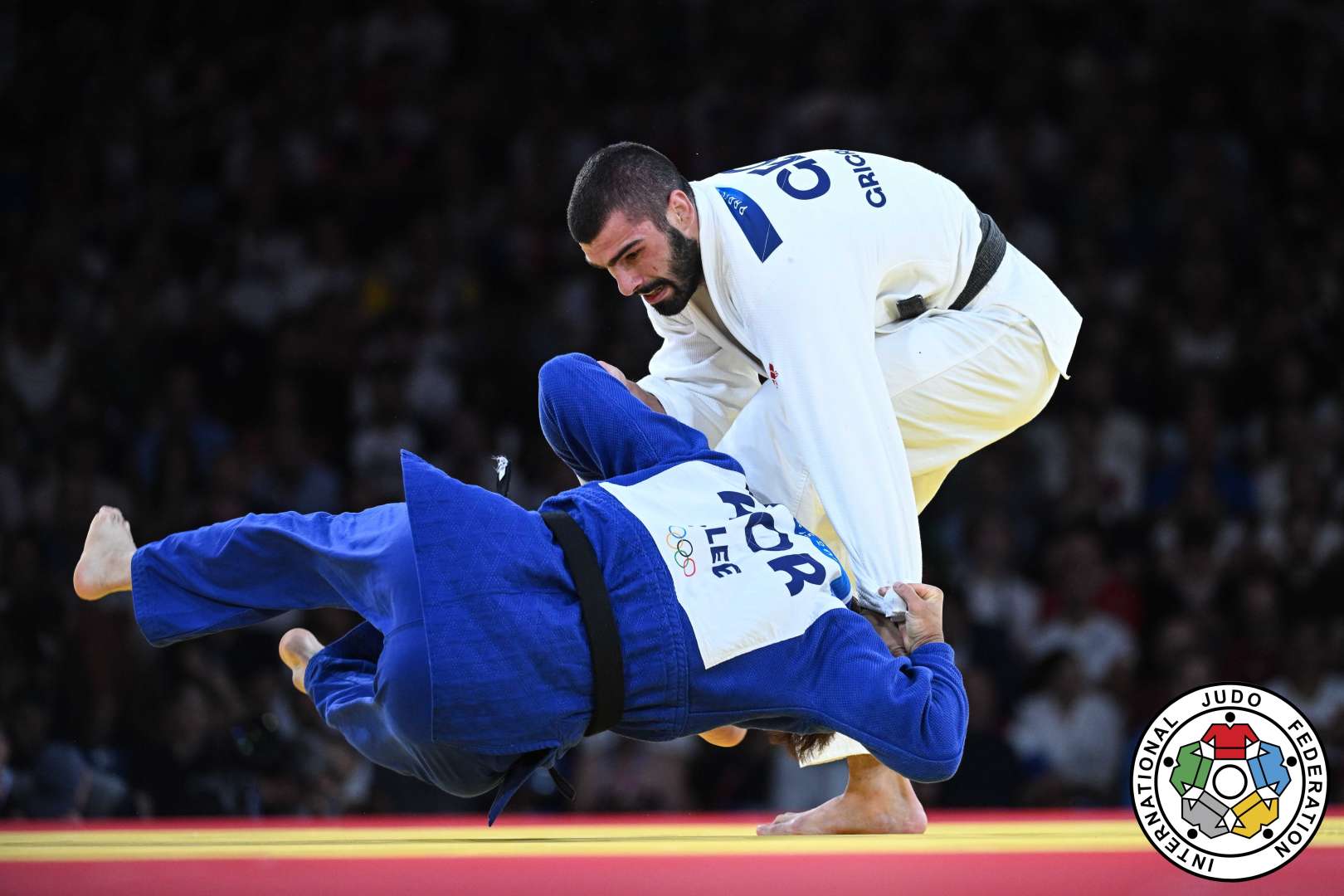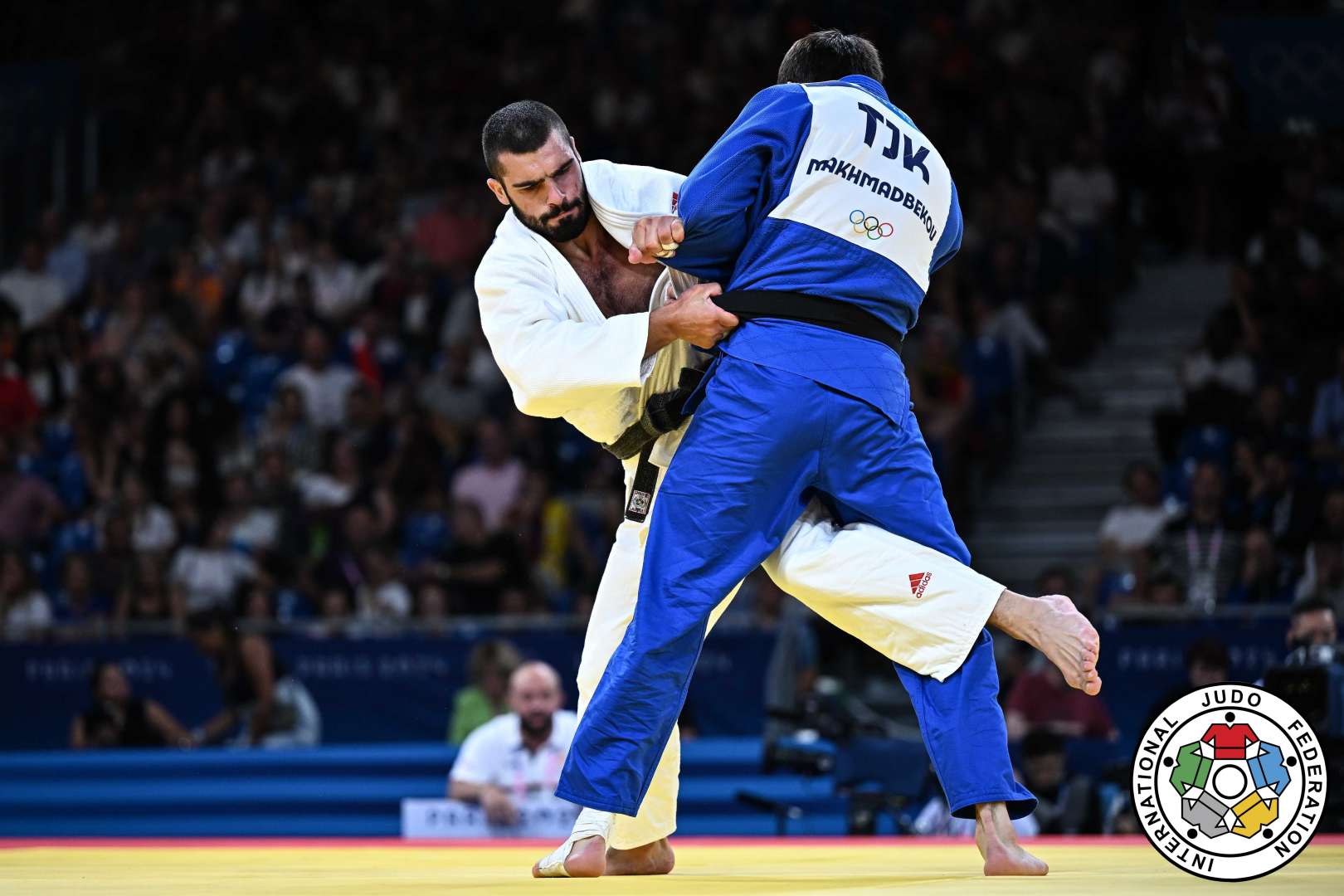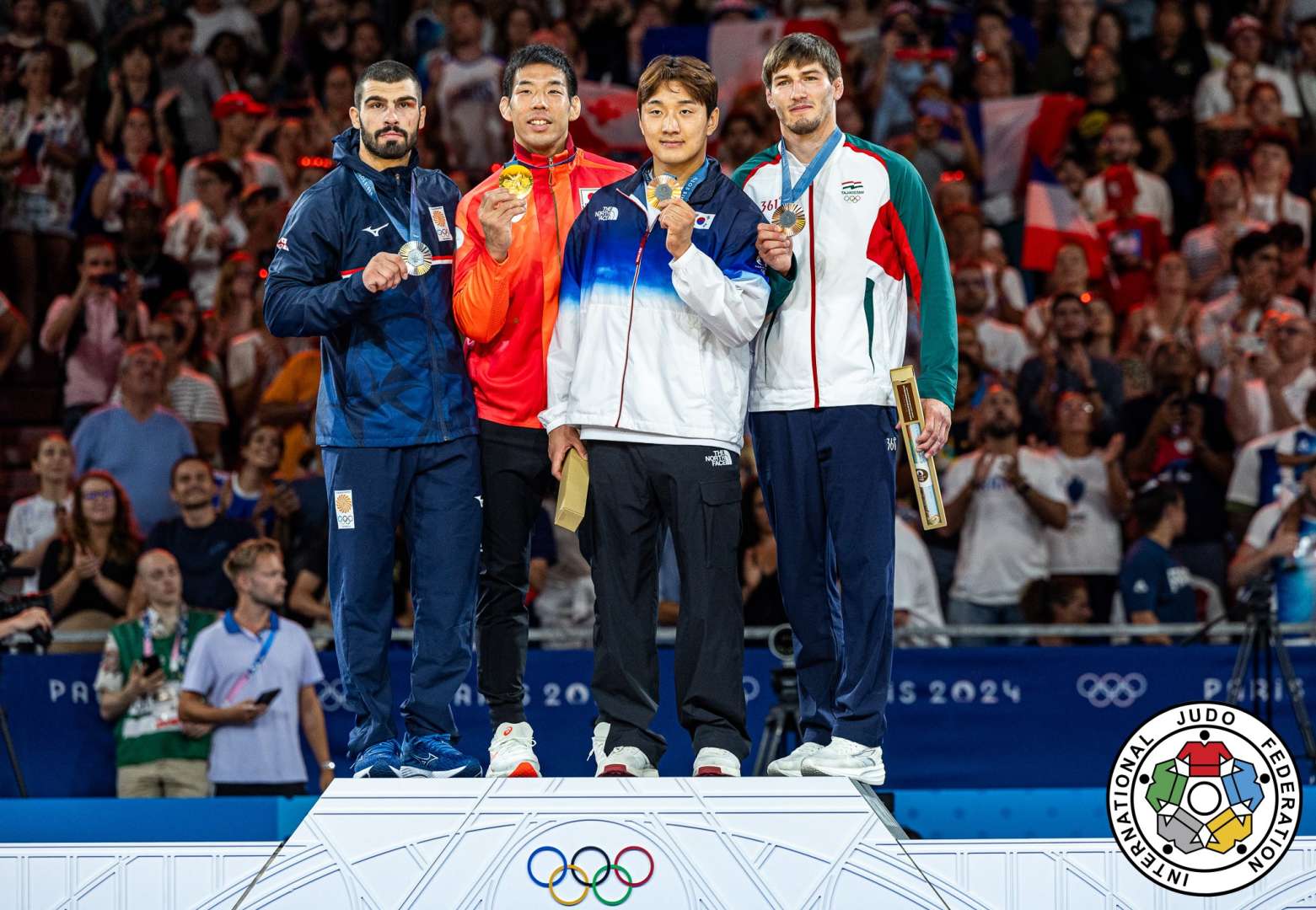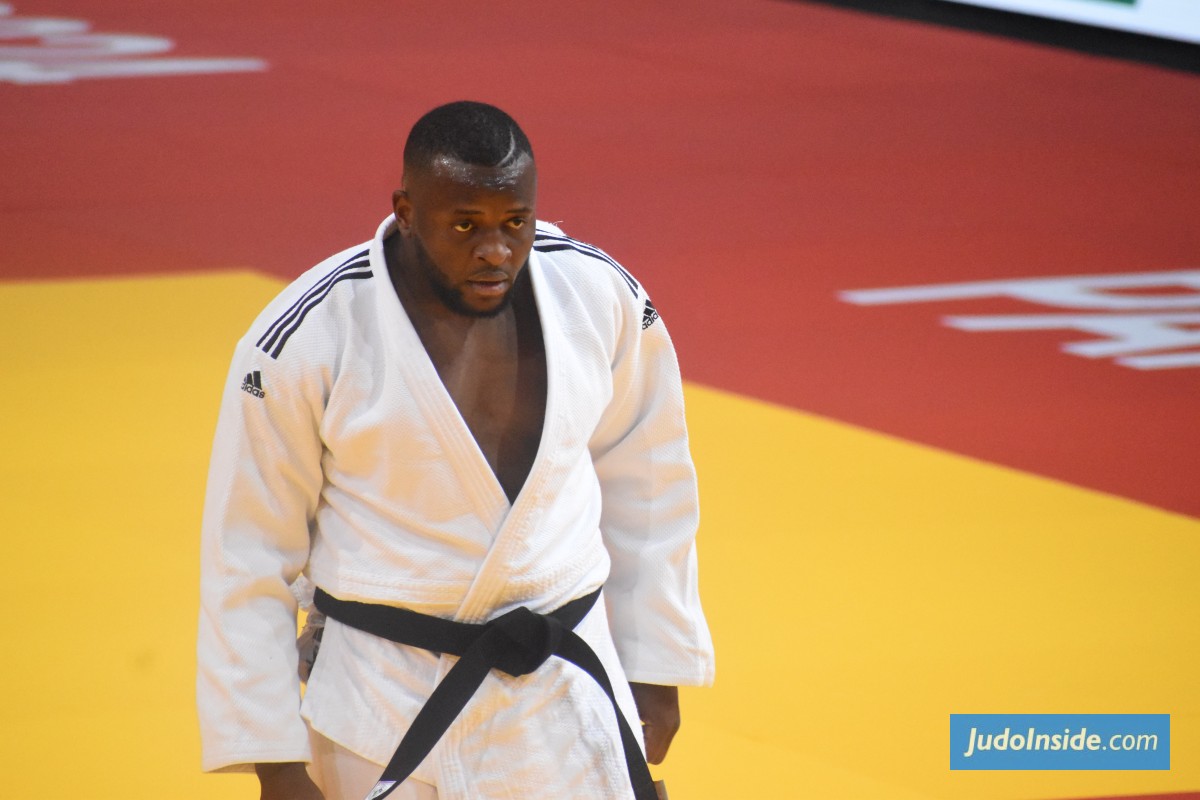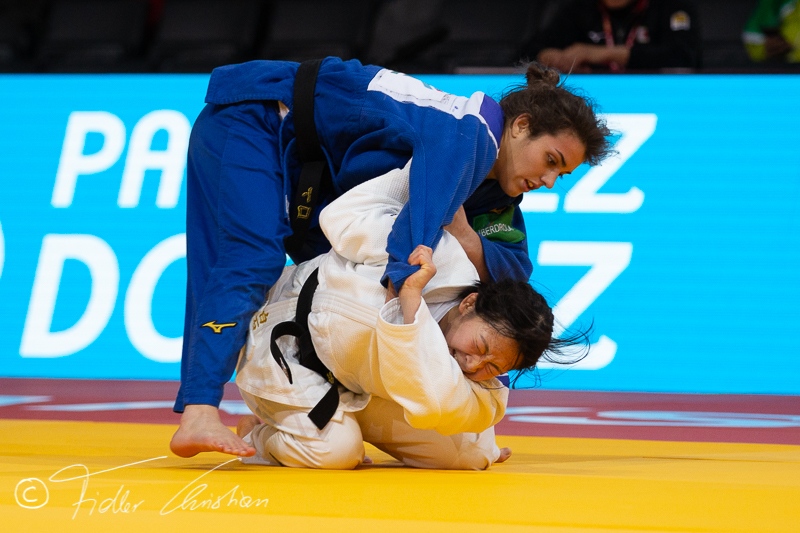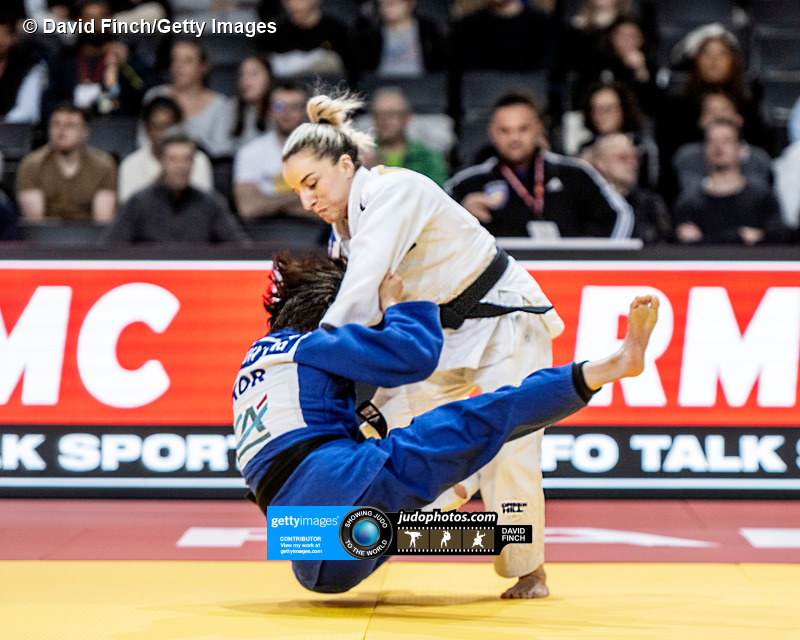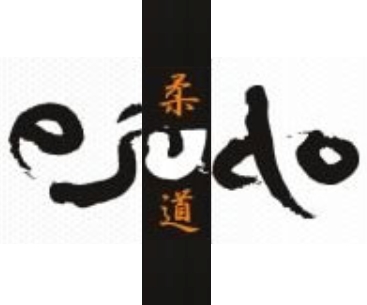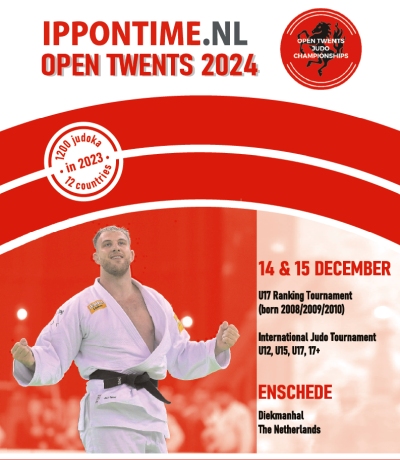Survey proves: Judo needs prevention programs against knee injuries
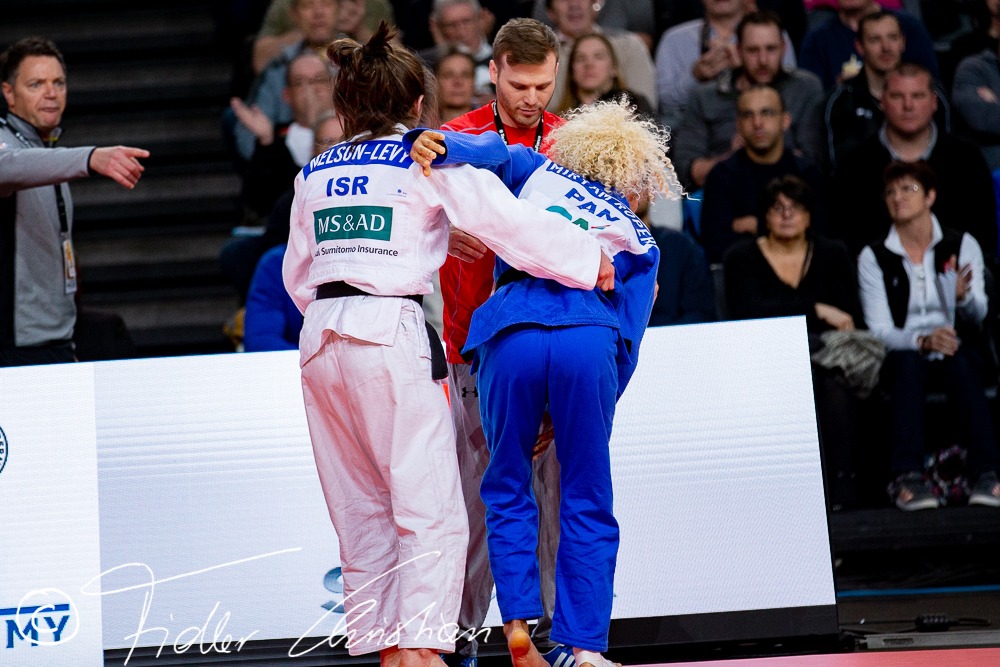
 15 May 2021 11:10
15 May 2021 11:10
 Dr. Ralph Akoto and Dr. Christophe Lambert
Dr. Ralph Akoto and Dr. Christophe Lambert
 Christian Fidler
Christian Fidler
Former judoka Ralph Akoto and Christophe Lambert did a research on Judo injuries. JudoInside contributed a bit with some data, but both doctors now published their survey and summarised the essence of their research where knee injuries are the most common reason why judoka might even retire, or lose power after getting back.
We could show that ACL Rupture followed by Vertebral Disc Prolapse were common injuries for judo players and especially these to injuries led to the longest time loss and sporting performance reduction compared to other common judo injuries.
Anterior cruciate ligament (ACL) Rupture is a common injury in judo. After an ACL rupture, some Judokas came back as if nothing has ever been, like Ole Bischof, who suffered an ACL rupture and became Olympic Champion one and a half year after ACL surgery or Andreas Tölzer, who was two times runner up at world championship and was Olympic bronze medallist after he had ACL surgery. But not always it goes so well as in these cases. Until now, it is not clear how many Judokas suffer ACL injuries, how long it takes to come back and if they manage to bring the same performance, as before the injury.
A recent published study 4659 judoka were asked about the injuries they suffered in their career. Among other things, they were asked how long they needed to come back to judo and if they came back on the same performance level.
Watch the most common judo injuries in the picture below.
Anterior cruciate ligament ruptures were reported by nearly 10% of all judokas who took part in the study, among judokas with national or international performance level, the proportion was 14%.
ACL ruptures were the most serve injury type, with the largest proportion of Judokas with long time intervals until the came back and reduced performance level after coming back. 32% of the judoka needed 9 month ore more until they came back. Only 32% reached the same level of performance after they came back, 29% reported a strongly reduced performance level or even stopped Judo!
Sport-specific injury prevention programs against knee injuries have been successfully introduced in other sports with high rates of ACL ruptures like, soccer or handball. This study showed, that also in judo prevention programs against knee injuries are needed.
 like
like
 share
share

| Result | City | Date |
|---|---|---|
| 2 | Paris | 30 Jul |
| 1 | Abu Dhabi | 21 May |
| 1 | Zagreb | 26 Apr |
| 3 | Belgrade | 2023 |
| 2 | Montpellier | 2023 |


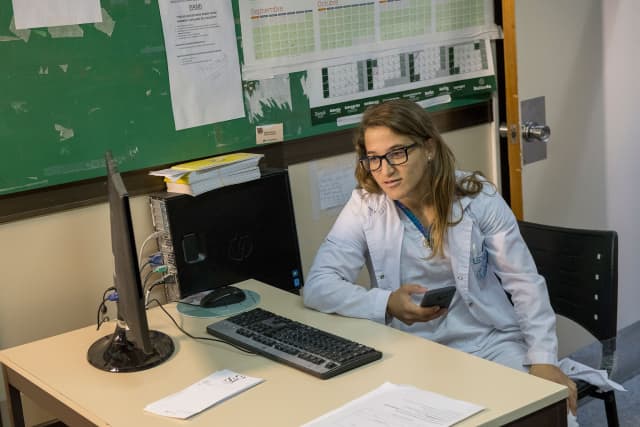
.jpg)
